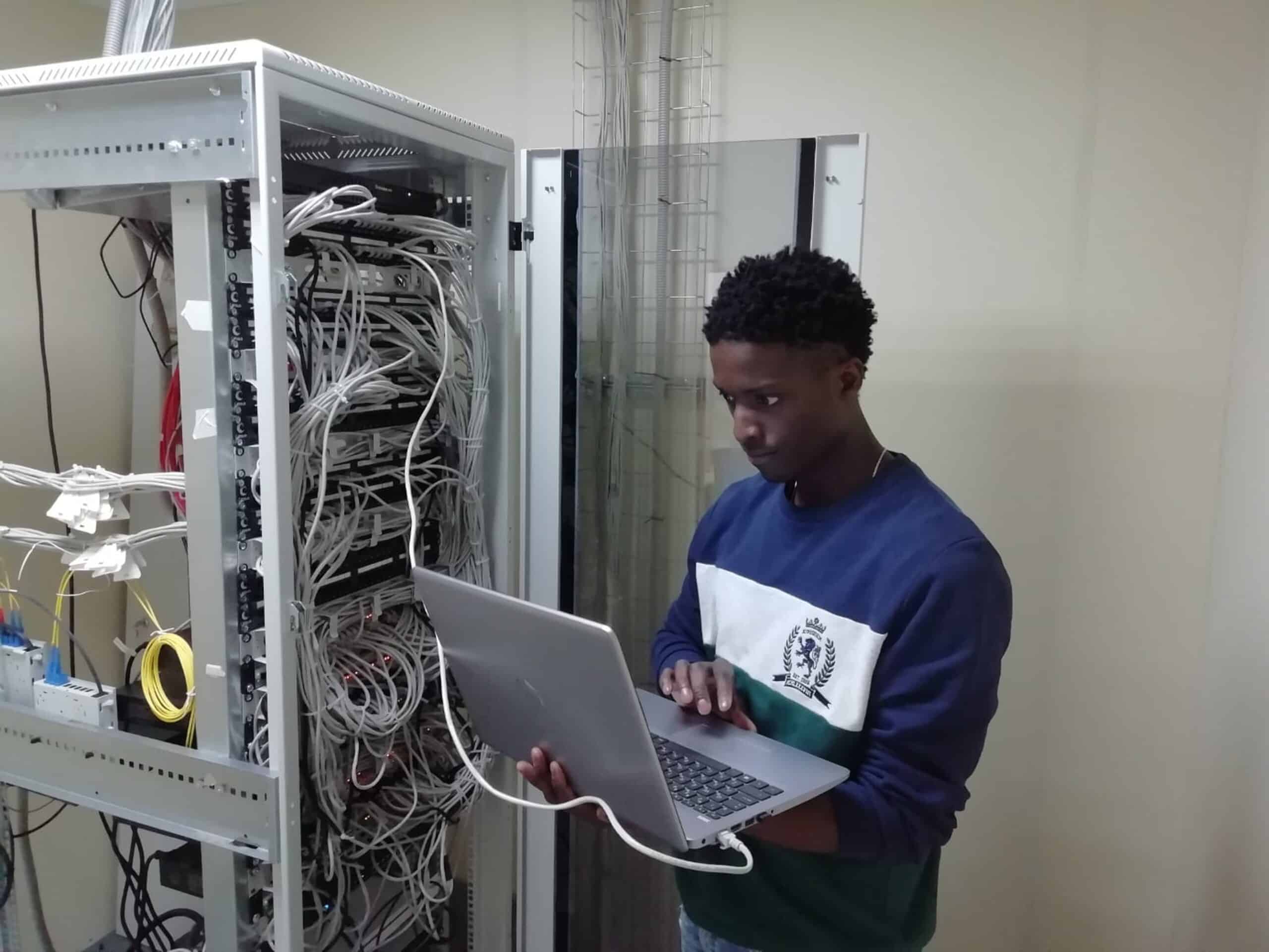You should already know by now that we love acronyms in the IT community. So here is another one: DHCP stands for Dynamic Host Control Protocol.
To explain to you what it does, I have question for you: Have you, if you don’t work in a networking or system administration role, EVER assigned an IP address to your computer? The answer will be most likely be ‘no’ for 99% of you.
But how can your computer, tablet or phone work without having an IP address? The answer is: they cannot work without having it.
So it has to gets its IP address from somewhere. This is where DHCP steps in. Network cards and Wifi adapters are set to DHCP mode by default. This means that they are going to look for a DHCP server in the network they connect to.
Now you should go: but I don’t have DHCP server on my WiFi at home! Sure you have one! Most of the current wireless routers do have a DHCP server running on them.
The Dynamic Host Control Protocol process
Although networkwise it might a little more complicated than I summarize it here, it is pretty simple:
- You connect to your wired/wireless network.
- Your adapter sends a DHCP request asking for all parameters you need (IP address, subnet mask, default gateway, DNS servers and DNS search domain).
- All DHCP servers (usually there is just one) will answer with a so called DHCP Offer with exactly the details that you asked from it in step 2.
- Your computer will accept the answer that came first and send back an acknowledgement to the DHCP server.
- The DHCP server will exclude your IP from its DHCP pool to make sure that it does not give the same IP to another device.
Again, there are a lot more options than the above, a DHCP server can but we are keeping it basic in this first article.
Let me know in the comments if you should have any questions or doubts.


This post showcases exceptional research and a deep understanding of the subject matter. The clarity of your writing and the…